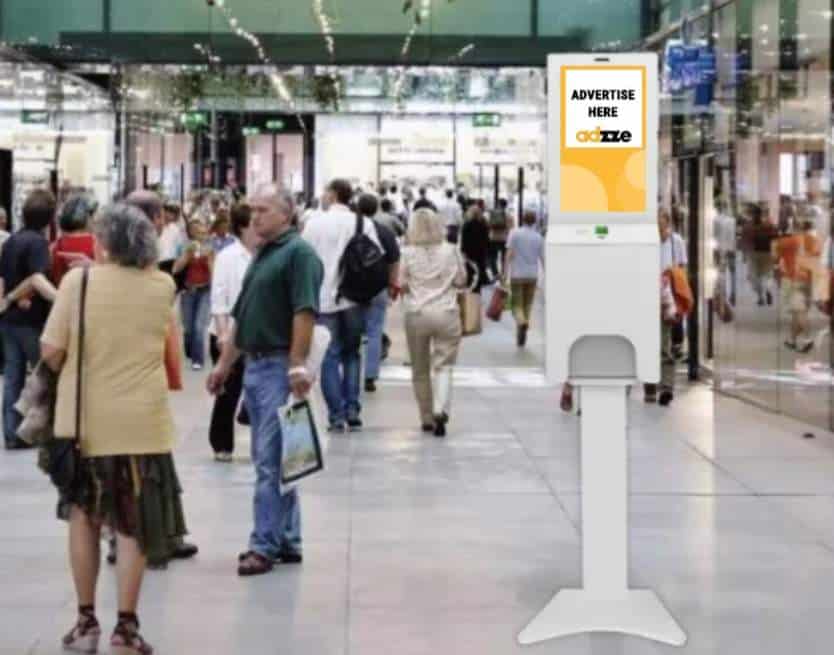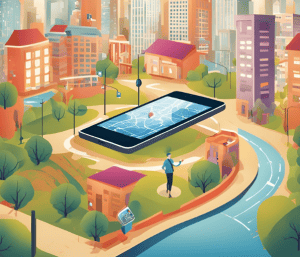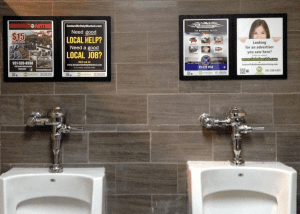Replacing Traditional Ads Starts with Replacing the Assumptions
Let’s face it—replacing traditional ads like billboards, static posters, and print inserts has been a long time coming. As consumers grow increasingly numb to digital overload and visual clutter, marketers are being pushed to reimagine the very nature of engagement. The new frontier? Tactile, in-hand media—where physical objects meet digital actions through QR moments.
In this evolving landscape, traditional OOH ads like bus shelters and billboards are losing relevance, not just because of their passive delivery—but because of their inability to track behavior and provoke touch-based interaction.
The Limits of Traditional OOH Ads
Before diving into solutions, let’s quickly unpack what’s broken:
Billboard blindness is real. Studies show consumers remember less than 3% of billboard ads they see during commutes.
No attribution means you can’t tell who saw your message or what they did afterward.
Passive interaction doesn’t move the needle in the attention economy, where sensory overload is the default.
And let’s not forget the prohibitively high cost of billboard advertisement placements in urban cores. The result? Minimal ROI and even less data.
Replacing Traditional Ads with Tactile-Driven QR Interactions
This is where replacing traditional ads with physical QR media flips the script. Rather than hoping consumers notice your billboard from 200 feet away, you’re putting branded content into their hands—literally.
Whether it’s on a coffee sleeve, a pizza box, a bar coaster, or a sanitizer dispenser, QR-enabled print triggers transform everyday items into interactive experiences.
The Sensory Science
Tactile memory is stronger than visual memory. When someone physically interacts with branded material, the neurological imprint is deeper and longer-lasting. This isn’t just branding fluff—it’s neuroscience. Pairing this touchpoint with a QR code provides an instant, measurable bridge to the digital world.
The Behavioral Advantage Over OOH Advertising
Here’s the kicker: traditional OOH advertising expects action from passive exposure. In contrast, QR print ads drive active engagement, creating a moment of decision and interaction.
Traditional OOH Ad |
Tactile QR Moment |
Billboard seen while driving |
QR code scanned during coffee break |
No behavioral data |
Full-funnel tracking (scan, dwell time, conversions) |
Mass message to all |
Local, personalized engagement |
High spend, low precision |
Lower cost, higher conversion |
It’s not just a shift in media—it’s a shift in mentality.
Replacing Traditional Ads in High-Dwell Zones
The most strategic brands are no longer investing in crowded visual zones. Instead, they’re targeting high-dwell, high-trust locations like:
Coffee shops
Pharmacies
Clinics and urgent care waiting rooms
Gyms
Restaurants and takeout spots
In these spaces, QR-enabled in-hand ads (like branded cups or sanitizer wraps) provide a frictionless way for consumers to engage when attention is natural—not forced.
Case Study: From Billboard Ad to QR Cup Scan
A quick example. A CPG beverage brand spent $20K on billboards in a metro area. They saw near-zero attributable lift. They reallocated half that budget to branded coffee sleeves with a QR for a loyalty trial.
Results:
43% scan rate
12% digital coupon activation
3.2X ROI compared to billboard spend
Replacing traditional ads didn’t just cut cost. It created a measurable feedback loop—and real sales.
The Creative Advantage of OOH Advertisement Redefined
QR media also unlocks contextual storytelling. A coffee sleeve ad during cold flu season? Perfect timing for a health brand. A QR pizza box with a “scan for tonight’s horror movie” from a streaming platform? That’s placement genius.
Traditional OOH ads don’t offer this kind of narrative nuance. Once installed, they’re static. In-hand QR campaigns let brands update CTAs in real time—based on time of day, weather, or location.
What Replacing Traditional Ads Really Means for Brands
This isn’t about killing OOH—it’s about reinventing it. Marketers who embrace tactile formats with digital extensions are seeing:
Higher engagement rates
More precise targeting
Lower CPMs with better ROI
Measurable funnel progression
Replacing traditional ads is not a media budget conversation. It’s a consumer attention conversation. And the answer is: meet them where their hands are.
Final Thoughts: Replacing Traditional Ads the Right Way
The next time your brand plans a city-wide billboard ad—or another round of static mall signage—ask this: Will it be remembered? Will it be scanned? Will it convert?
If the answer is no, it’s time to start replacing traditional ads with QR-powered, tactile media that brings your message off the wall and into real-world hands.






